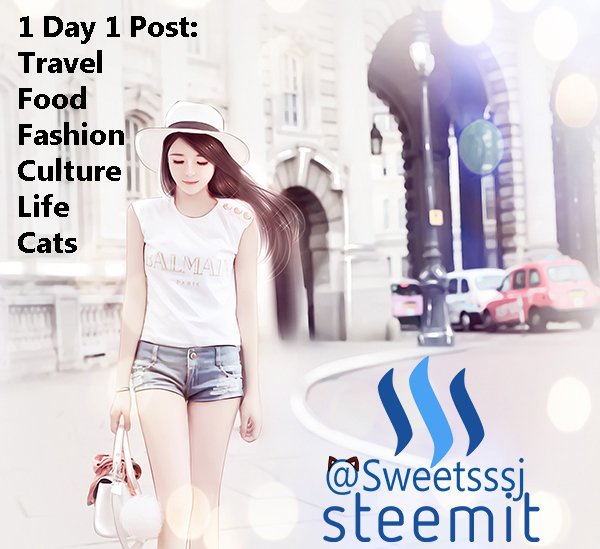Dear Steemit friends:

Today, I'm revisiting a topic I wrote about quite some time ago about my different experiences as a guests at both Western weddings, and Asian wedding ceremonies. If you missed my previous posts, you can check out Part 1and part 2.
My last posts describes the wedding ceremony processes in full, noting that when the ceremony itself finishes, dinner usually follows.
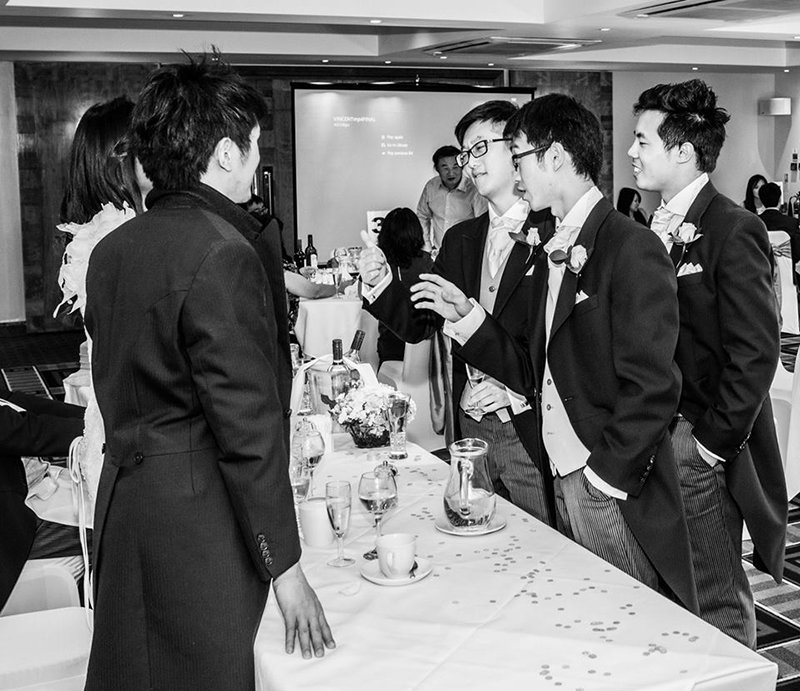
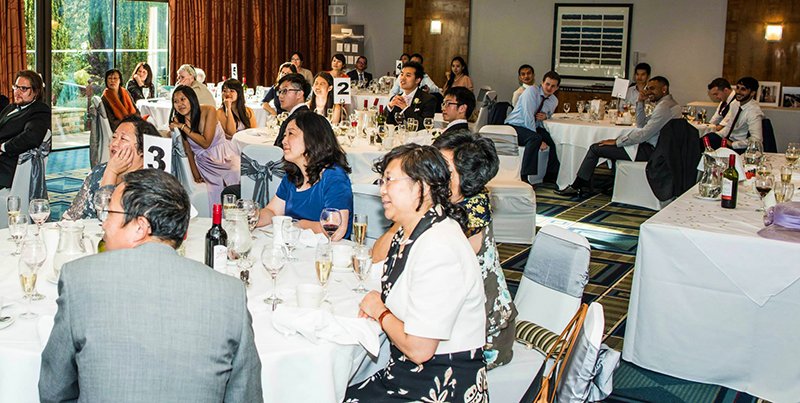
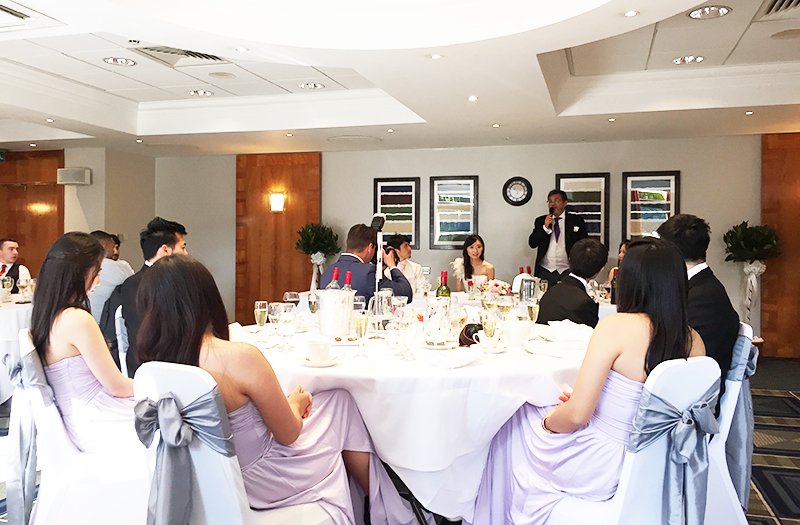
Beautiful romantic cake
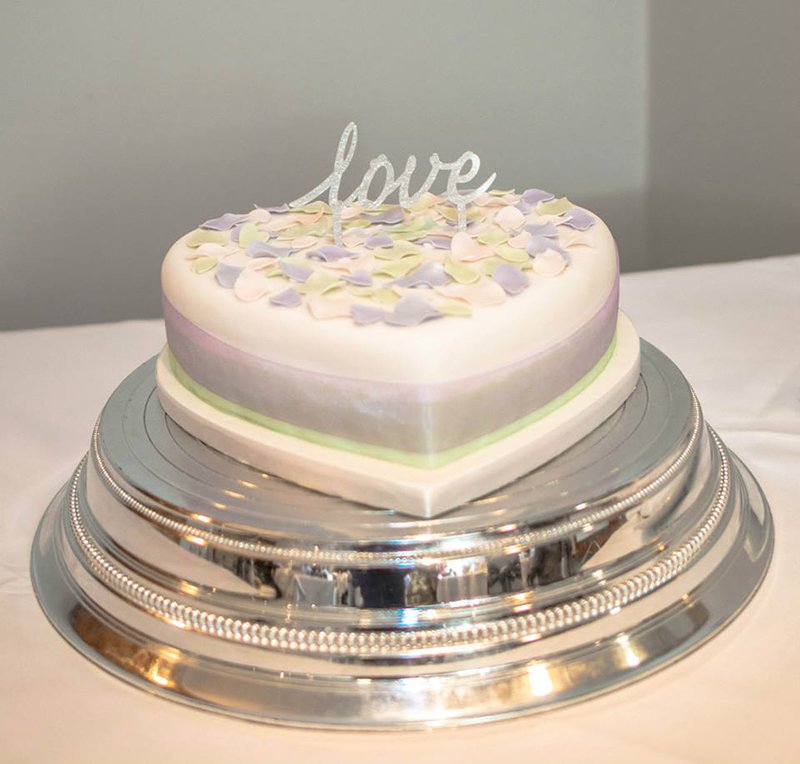
Everybody then raises a glass of Champagne as a toast to celebrate the new couple's union. Of course, we're all very hungry at this point so the food is the next item on the itinerary. Compared to Asian food banquets at weddings, the food is actually quite simple and yet elegant. Take a look below!

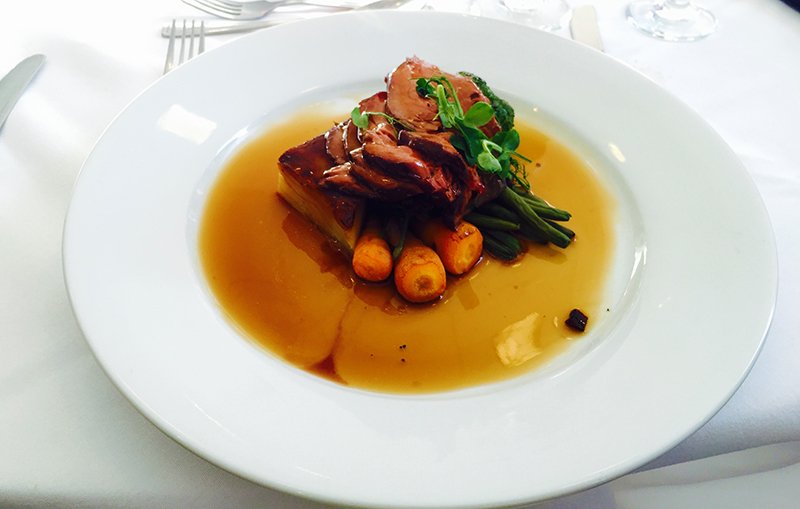
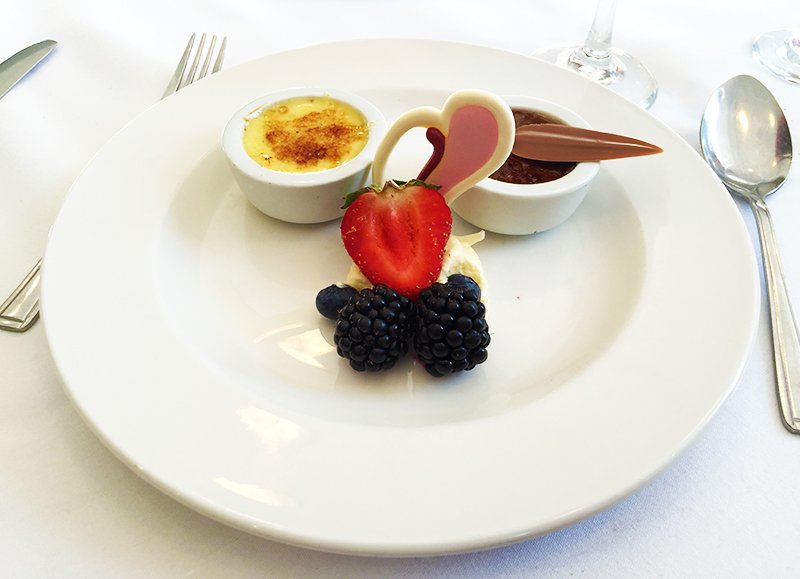
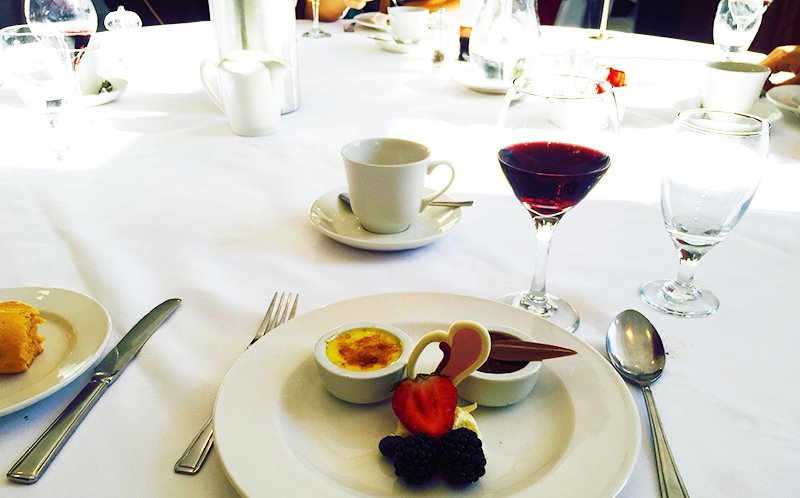
Now let's compare with a wedding in Beijing. The food arrangement is far more complicated and there isn't a clear division of courses. Rather, it is a string of dishes, one after another, almost feeling endless. There is a saying in China : "If there is no banquet, then there will be no wedding; if there is no alcohol than daughters cannot be married." Thus, you must understand the vital role of food and alcohol at a Chinese wedding.
Each of the dishes at a Chinese wedding also have an inherent meaning. Let's take a look at the meal at the wedding and discover the culture behind it a little more:
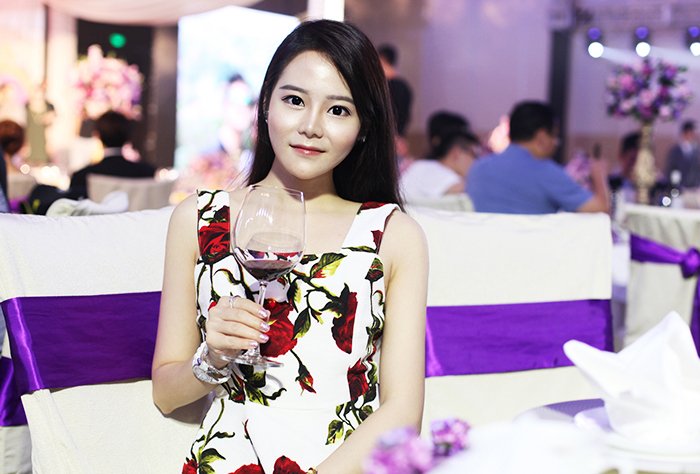
The quantity of dishes:
According to Chinese traditional customs, weddings and funerals are regarded as red and white happy / sad events respectively. The numbers of dishes in a red happy event should be even, and the numbers of dishes at a funeral should be odd. So, at this Beijing wedding, there are exactly 10 dishes. This number is significant because it also represents the meaning of perfect life.
Types of dishes:
In a Chinese wedding banquet, there should be all kinds of meat as meat is traditionally stood as a "happy" food. However, duck is omitted from the meat selection as it also means "bossy" in China. Eating it on this particular day can affect the couple's harmony.
The colour of dishes:
As you know, red is a frequently used colour to represent auspicious-ness. That's why we have lobsters, meatballs, and red wine.
Lobsters: Mean good blessings.
In Chinese, the lobster uses the same character as dragon, therefore it is considered a lucky dish and the first of the hot dishes to be served.
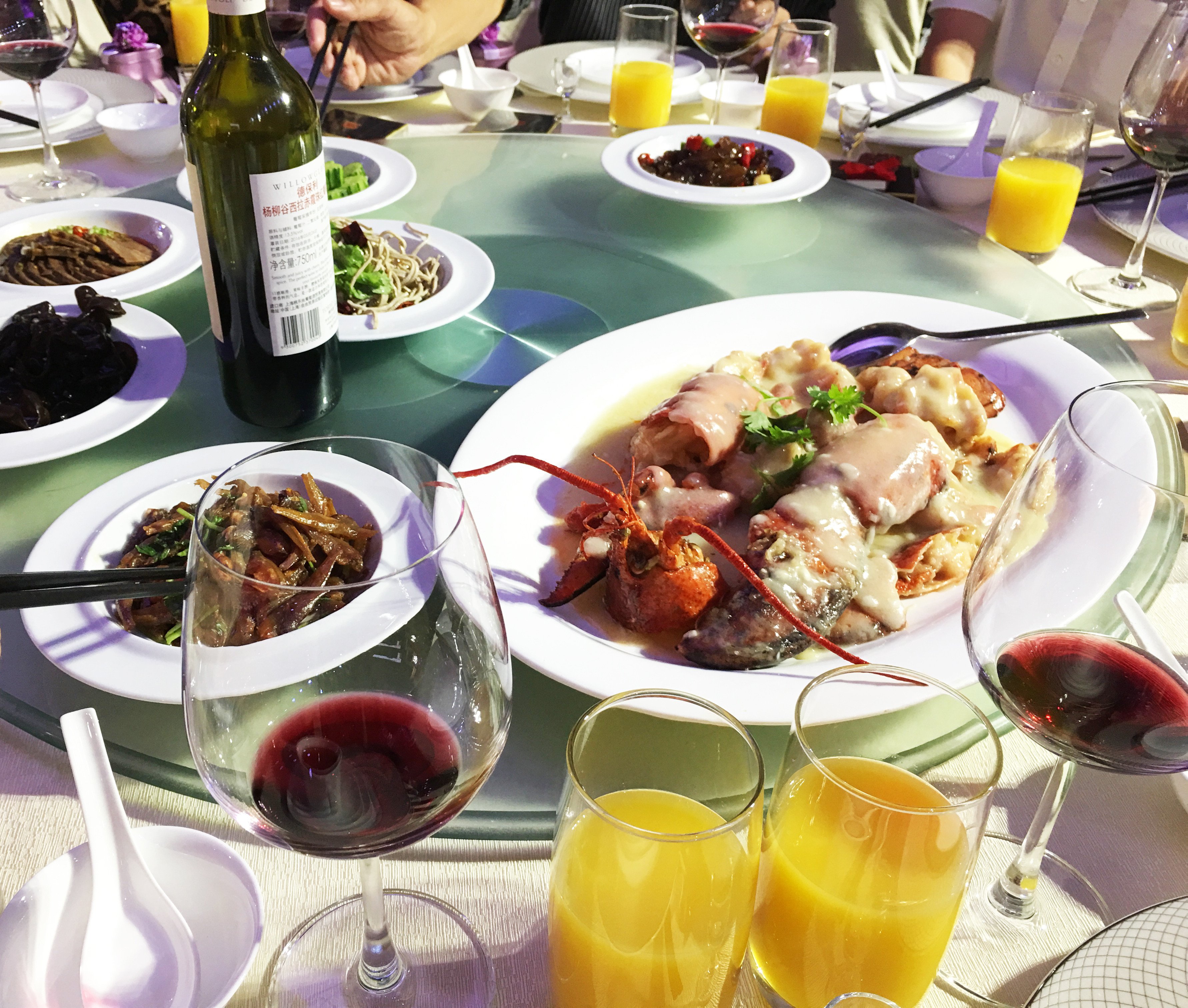
Chicken :This represents hope for a happy event, usually something like pregnancy.
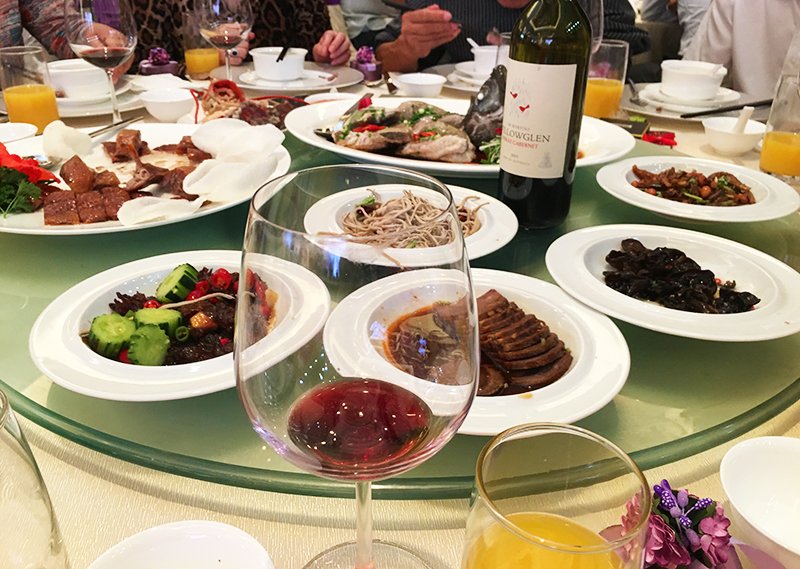
Steamed fish: This is a play on words from a proverb 鱼水相依,富贵有鱼(余), 鱼 (fish) sounds like 余 (abundance) and the proverb means fish and water are bounded together like husband and wife, and their future wealth will be abundant.
Four-Joy Meatballs: This is another traditional dish in China. It is made from mince pork, eggs and chopped green onions. The Four meatballs stand for 4 happy events in life:
•Good future, lucky and happiness.
•Advancement and earning good money at work.
•Longevity.
•Happy events such as buying a house, marrying and bearing children.
This dish is quite important so it is always served last.
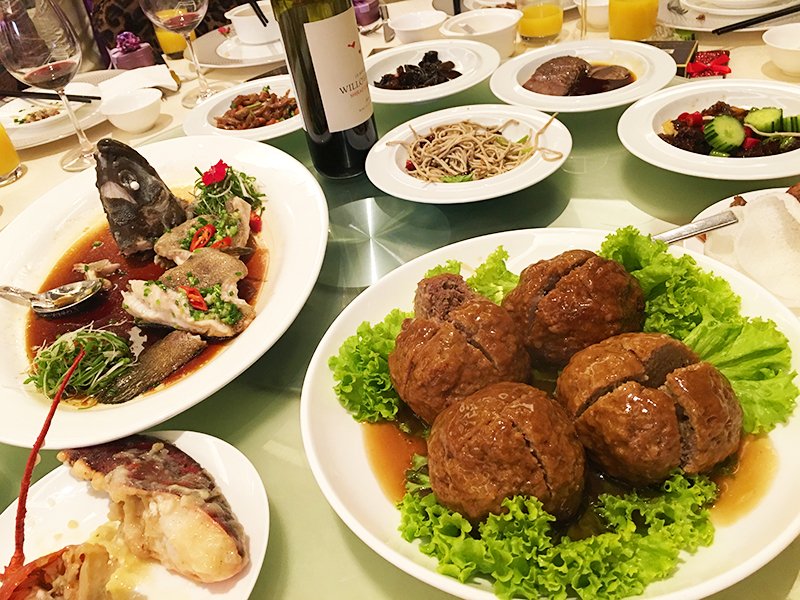
Dessert
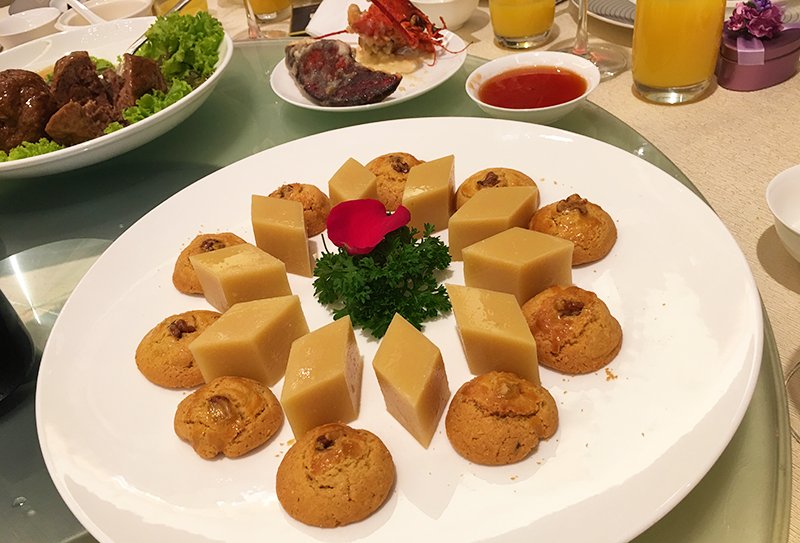
Chinese weddings tend to have larger numbers of guests. It is customary for the bride and groom to have a toast to each of the guests, leaving little to no time to have a meal.
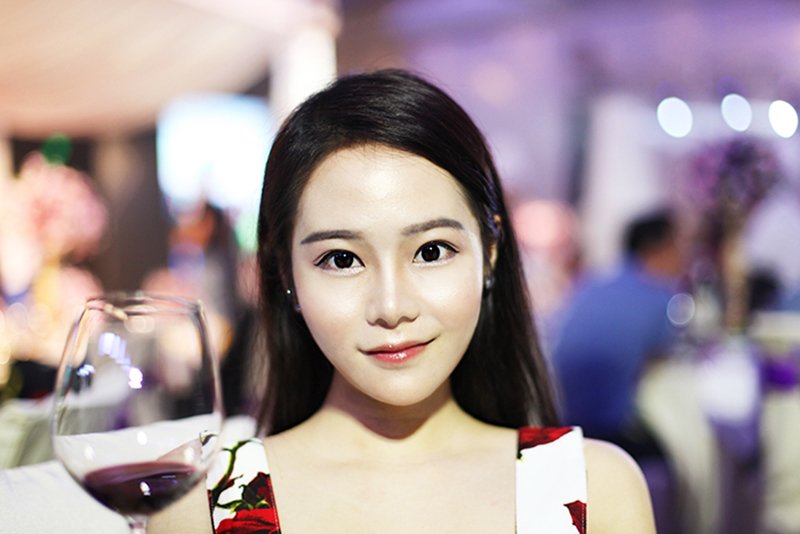
In China, the end of the meal marks the end of the wedding. However, in Cambridge it is just the beginning! As they say, the night is young and the evening night party has just begun. The bride and groom will proceed to perform their pre-prepared dance routine and then invite all the guests up to the stage to dance together afterwards. Unfortunately, I didn't take many photos of this part; admittedly, I was too busy dancing all night!
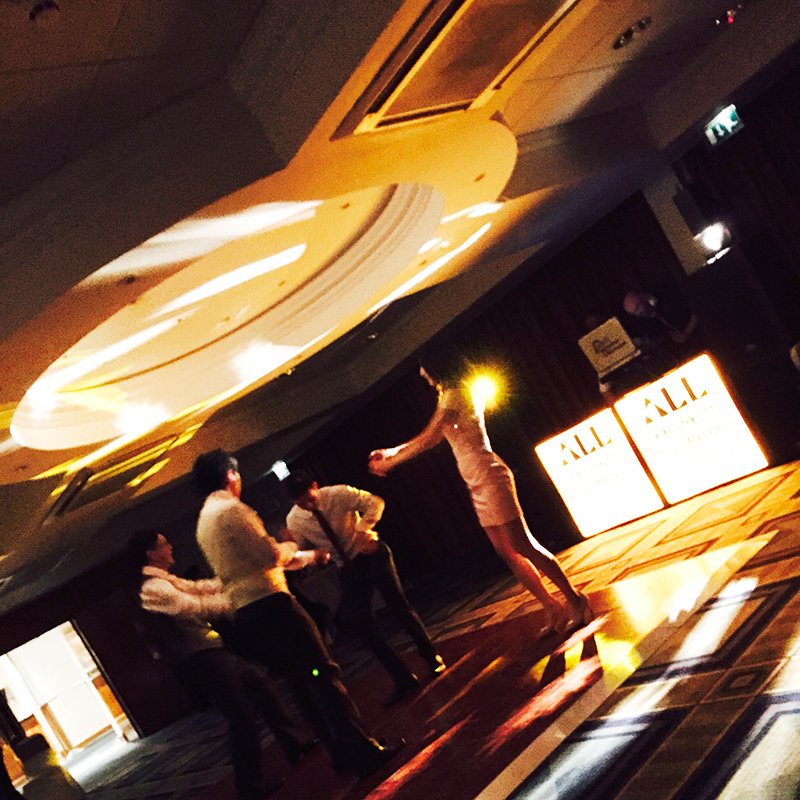
I hope you enjoyed the post and please do comment and tell me how weddings are celebrated in your part of the world, i'm curious to hear!
今天我很开心能继续分享我参加婚礼的故事,你们会不会很好奇,中西方的婚礼除了正式的仪式以为,还有哪些活动是不一样?如果你错过了之前的文章,你可以在这里找到。在上一篇文章里,我已经分享过整个婚礼的流程,当仪式结束的时候,就开始进入用餐时间了。我在剑桥参加的婚礼:宾客们开始入座餐厅的圆桌,只有新郎新娘坐在餐厅靠边摆放的特别的长桌。然后分别由新郎新娘的父母,亲友演讲并播放他们的爱情故事的影片。举起香槟,庆祝,敬酒。然后开始用餐。食物相对简单一些。
我在北京参加的婚礼,食物相对复杂很多。中国的俗语:无宴不成婚,无酒不嫁女。可见菜和酒在中国婚礼地位非常高。并且婚礼喜宴上的菜,都是由美好寓意的,下面我就为大家介绍一下菜的文化:
龙虾:祝福的意思,在中国龙是吉利的表达,一般作为第一道热菜。鸡:象征很快就会怀孕等喜事。清蒸鱼: 鱼水相依,富贵有鱼(余)。比喻夫妻感情好,有财富。运用了汉字的谐音。四喜丸子:是经典中国传统名菜,肉丸由猪肉馅,鸡蛋和葱花做成。这4个丸子分别比喻人生中的福禄寿喜。福指生活中的好运和幸福,禄指工作中升官赚大钱,寿指人可以长寿,长生不老,喜当然指人生中各种喜事,例如买房子,结婚,生孩子。所以这道菜是一般婚宴上的压轴菜。因为在中国,参加婚礼的人数很多,而按照传统规矩,新郎新娘在大家用餐的时候,需要每一桌给每一个人敬酒,所以他们就不会有太多时间坐下来用餐了。
中西方婚礼的差异和对浪漫的理解的不同还是源于传统文化的差异,我关于中西方婚礼的经历的报道到这里也就结束了。希望你们喜欢我的文章,如果有什么问题我们一起讨论吧!
If you are interested in my other blogs related to Culture Exchange please check out these other blogs below^^
Romance in the eyes of Western and Asian People #1.The Anti-social way of Socializing in Asia.
Why you don't see Chinese girls wearing Bikini's at the beach?
Standing at the crossroads of different cultures: Relationships (Guan Xi)
Lost in Translation - Filial Piety
A primer to the etiquette of dining.
